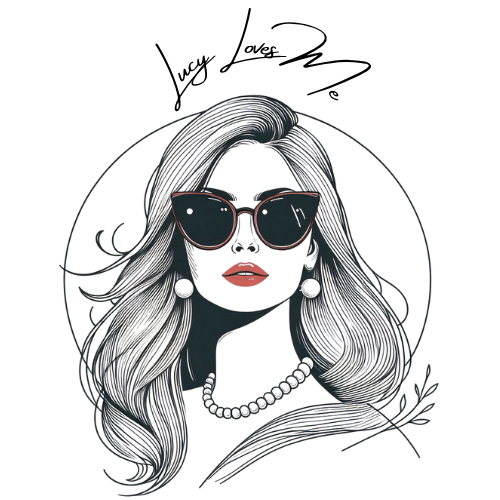The Rice Purity Test (RPT) is back, and this time it’s taken over TikTok.
Amidst the dance challenges and comedic skits lies this curious phenomenon that has captured the attention of users worldwide.
This online quiz, with its vague questions and arbitrary “purity” scale, has people giggling, groaning, and sharing their scores with abandon.
What exactly is this viral sensation, and why has it become such a trend on the platform?
Is the test a harmless trend, or something more?
The Rise of the TikTok Purity Test
The TikTok Purity Test shares its roots with its predecessor, the Rice Purity Test, but with a modern twist tailored to the platform’s audience.
The Rice Purity Test is believed to have originated at Rice University in Houston, Texas. It is a series of 100 questions that aims to assess your level of “innocence”.
The test is thought to have emerged in the 1990s as a means for freshmen to compare their life experiences upon entering college.
Initially distributed as a physical questionnaire among students, the test quickly gained traction and became a tradition on campus.
The popularity of the Rice Purity Test grew steadily over the years, spreading to other college campuses across the United States through word of mouth and physical distribution.
With the advent of the internet and the rise of online forums and social media platforms in the late 20th and early 21st centuries, the test transitioned to the digital realm, further amplifying its reach and influence.
By the early 2000s, the Rice Purity Test had become a ubiquitous fixture of online culture, captivating users of all ages and backgrounds.
Its accessibility and ease of sharing contributed to its widespread popularity, cementing its status as a cultural phenomenon embraced by generations of internet users.
Like its forebear, the TikTok Purity test presents participants with a series of questions designed to assess their level of “purity” based on past behaviours and experiences.
However, the TikTok version takes full advantage of the platform’s multimedia capabilities, with users filming their reactions as they answer each question.
From romantic encounters to wild escapades, the questions cover a wide spectrum of topics, inviting participants to delve into the depths of their personal histories.
As users record their responses, their reactions range from laughter to shock, offering a glimpse into the diverse array of experiences that shape our identities.

Unpacking the Meaning
At its core, the TikTok Purity Test serves as a form of self-expression and social exploration.
By sharing their test results and reactions with the world, participants invite others to peer into their lives and see the world through their eyes.
In a digital landscape often characterized by carefully curated personas, the test offers a raw and unfiltered glimpse into the complexities of human existence.
But beyond its entertainment value, the TikTok Purity Test holds deeper significance as a reflection of societal norms and values.
As participants navigate the questions, they confront the expectations and judgments that shape their perceptions of purity and morality.
In a world rife with contradictions and moral ambiguities, the test prompts us to consider the myriad factors that influence our beliefs and behaviours.
The Allure of Virality
What sets the TikTok Purity Test apart from its predecessors is its unparalleled ability to go viral.
Fueled by the platform’s algorithmic recommendations and user engagement, the test spreads like wildfire, captivating users across demographics and geographies.
As each new participant adds their own unique spin to the trend, the test evolves and adapts, reflecting the ever-changing landscape of online culture.
Moreover, the test fosters a sense of community and camaraderie among participants, as they bond over shared experiences and mutual revelations.
In a world increasingly defined by digital connections, the test offers a fleeting yet meaningful opportunity for genuine human connection.

Beyond the Numbers
While the TikTok Purity Test may yield numerical scores, its true value lies in the conversations and connections it inspires.
By baring their souls to the world, participants invite others to do the same, fostering empathy and understanding in the process.
In a society often characterized by division and discord, the test offers a glimmer of hope, reminding us of our shared humanity amidst the chaos of the digital age.
Why We Can’t Resist the TikTok Purity Test
Let’s face it, the RPT is like a car crash – you can’t look away. The questions are a bizarre mix of the innocent (“Held hands romantically?”) and the eyebrow-raising (“Been in a fight?”).
It taps into our curiosity about ourselves and others, wrapped up in a goofy, low-stakes package.
Sharing our scores adds another layer of fun. It’s a way to connect with friends, see if you’re more or less “experienced” than others (air quotes intended!), and maybe even spark some lighthearted debates.
But Here’s the Thing: Purity is a Myth
The RPT’s biggest flaw is its outdated concept of “purity.” Does holding hands make you less pure than, say, volunteering at a soup kitchen? Absolutely not! Life experiences are complex, and the RPT reduces them to a simplistic good-bad binary.
So What Does the RPT Really Mean?
Honestly, not much. A low score doesn’t make you a bad person, and a high score doesn’t guarantee sainthood.
The RPT is more about sparking conversation and a bit of social media amusement than any kind of accurate self-assessment.
The Real Takeaway: Be You, Not a Score
The RPT might be a fun distraction, but it shouldn’t define you. Here’s what truly matters:
- Your experiences, both big and small: They’ve shaped who you are. Embrace them, learn from them, and share them if you want!
- Your values and goals: What makes you tick? What are you working towards? Focus on these, not some arbitrary purity scale.
- How you treat others: Kindness, compassion, and respect – these are the qualities that define a good person.
So, the next time you see the RPT floating around TikTok, take it with a grain of salt. It’s a silly quiz, not a life manual. Focus on what makes you unique, and celebrate your journey – that’s the real story worth sharing.


